ترکیب زمین

فایل صوتی ندارد
The Composition of the Earth
As a child, you might have wondered what you would find if you could dig a hole deep into the center of the earth. Scientists have also been interested in this question, and during the 20th century they were able to learn much information about the composition of the earth. However, they did not gain this knowledge by digging a hole deep into the center of the earth, because this is an impossible task. Scientists have inferred the composition of the earth by using several sources of information. First, they have carefully recorded and measured the “seismic waves” that are released by earthquakes. Second, they have observed the composition of meteorites that have fallen to the earth’s surface from outer space.
Third, they have conducted laboratory experiments to determine the density of the earth and of different kinds of rocks. Let us now consider the structure of the earth itself. The earth is composed of three distinct layers, known as the crust, the mantle, and the core. The top layer is the crust, which is like a thin shell around the earth. The crust is composed of different kinds of rocks. Under the oceans and deep below the continents, the crust is made up of dense rocks, such as basalt, but the crust of the continents themselves is made up of lighter rocks, such as granite. The crust is only a few kilometres thick under the oceans, but can be 30 to 90 kilometres thick under the continents. Below the crust, the composition of the earth changes sharply at the point where the next layer, the mantle, begins.
This large layer is almost 3000 kilometres thick, and it makes up about two-thirds of the earth’s mass. The mantle consists of rocky materials such as silicon dioxide, magnesium oxide, and iron oxide. Even though temperatures are very high in the mantle, the rock is under such high pressure that it is unable to melt. However, the upper part of the mantle is almost in liquid form. Beneath the mantle, the core of the earth extends right to the very center of our planet, nearly 6400 kilometres below the surface. The core is itself divided into two parts: the outer part is liquid, and the inner part is solid. Scientists know that the core is at least partly liquid, because earthquake waves, which cannot travel through liquid, are stopped by the earth’s core. The earth’s core is very dense, being composed of iron and nickel. These metals are responsible for the earth’s magnetic field.
Of course, the crust, mantle, and core make up the solid parts of the earth, but we should not forget about the water and air that rest on top of the earth’s surface. About 71% of the earth’s surface is covered by water. A very small part of this water is the fresh water of lakes and rivers, but nearly all of this water is the salt water of the seas and oceans. In every 100 kilograms of sea water, there are about 3.5 kilograms of salt. More than three-quarters of this salt is common table salt, or sodium chloride, but there are also large amounts of magnesium chloride and other salts. Above both the oceans and the continents is the earth’s atmosphere. The air around us is made up mainly of nitrogen (about 78%) and oxygen (about 20%), with smaller amounts of argon, water vapor, carbon dioxide, and other gases.
The atmosphere is thickest at the earth’s surface, and becomes thinner at higher altitudes. Ten kilometres above sea level, the air pressure is only about one-fifth of what is found at sea level itself. At these high altitudes, the air becomes very cold, with temperatures more than fifty degrees below zero. Above these altitudes is found the ozone layer, where ozone molecules, each consisting of three oxygen atoms, protect the earth from the sun’s ultraviolet radiation. Thanks to the work of many scientists, we have now learned a great deal about the composition of the earth. But much more knowledge about our planet remains to be learned by future scientists!
dig
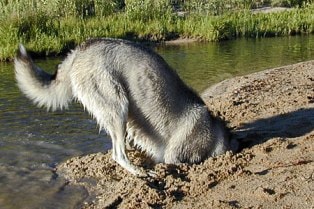
source 1
to make a hole in the ground or to move soil from one place to another using your hands, a tool or a machine
dig (for something)
to dig for coal/gold/Roman remains
They dug deeper and deeper but still found nothing.
I think I’ll do some digging in the garden.
dig something to dig a ditch/grave/hole/tunnel
(British English) I’ve been digging the garden
source 2
to move earth, snow etc, or to make a hole in the ground, using a spade or your hands
dig a hole/trench/grave etc They dig a small hole in the sand to bury their eggs.
dig down Dig down about 6 inches.
dig for birds digging for worms
compositionsource 1
the different parts which something is made of; the way in which the different parts are organized
the chemical composition of the soil
the composition of the board of directors
the size and composition of an average class
infer

source 1
to reach an opinion or decide that something is true on the basis of information that is available
Synonym: deduce
infer something (from something) Much of the meaning must be inferred from the context.
Readers are left to infer the killer’s motives.
infer that… It is reasonable to infer that the government knew about these deals.
Usage note: infer / imply
Infer and imply have opposite meanings. The two words can describe the same event, but from different points of view. If a speaker or writer implies something, they suggest it without saying it directly:
The article implied that the pilot was responsible for the accident.
If you infer something from what a speaker or writer says, you come to the conclusion that this is what he or she means:
I inferred from the article that the pilot was responsible for the accident.
Infer is now often used with the same meaning as imply. However, many people consider that a sentence such as Are you inferring that I’m a liar? is incorrect, although it is fairly common in speech.
source 2
to form an opinion that something is probably true because of information that you have
infer something from something
A lot can be inferred from these statistics.
infer that From the evidence we can infer that the victim knew her killer.
seismic
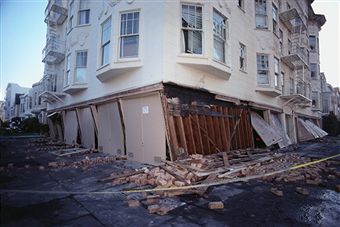
source 1
connected with or caused by earthquakes
seismic waves
source 2
relating to or caused by earthquakes:
increased seismic activity
meteorite

source 1
a piece of rock from outer space that hits the earth’s surface
source 2
a piece of rock or metal from space that has landed on Earth
densitysource 1
the thickness of a solid, liquid or gas measured by its mass per unit of volume
the density of a gas
source 2
the relationship between the mass of something and its size
crust

source 1
a hard layer or surface, especially above or around something soft or liquid
a thin crust of ice
the earth’s crust
source 2
the hard outer layer of the Earth:
deep within the Earth’s crust
mantlesource 1
the part of the earth below the crust and surrounding the core
source 2
the part of the Earth around the central core
dense
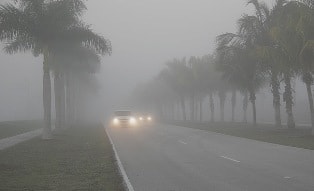
source 1
containing a lot of people, things, plants, etc. with little space between them
a dense crowd/forest
areas of dense population
source 2
a substance that is dense has a lot of mass in relation to its size:
Water is eight hundred times denser than air.
basalt
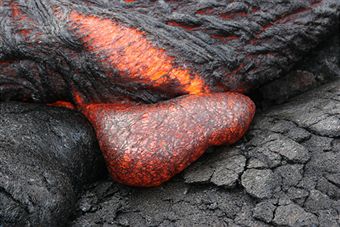
source 1
a type of dark rock that comes from volcanoes
source 2
a type of dark green-black rock
granite
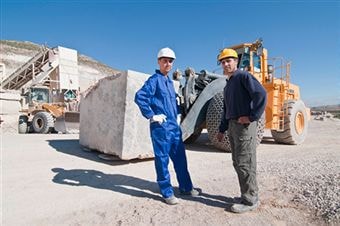
source 1
a type of hard grey stone, often used in building
source 2
a very hard grey rock, often used in building
mass

source 1
the quantity of material that something contains
calculating the mass of a planet
Help Weight is used in non-technical language for this meaning.
source 2
the amount of material in something:
The sun makes up 99.9% of the mass of our solar system.
vapor
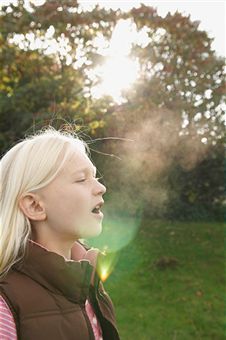
source 1
a mass of very small drops of liquid in the air, for example steam
water vapour
source 2
a mass of very small drops of a liquid which float in the air, for example because the liquid has been heated:
water vapour
altitude

source 1
the height above sea level
We are flying at an altitude of 6000 metres.
The plane made a dive to a lower altitude.
source 2
the height of an object or place above the sea
altitude of We’re flying at an altitude of 40,000 feet.
high/low altitudes At high altitudes it is difficult to get enough oxygen.
ultraviolet
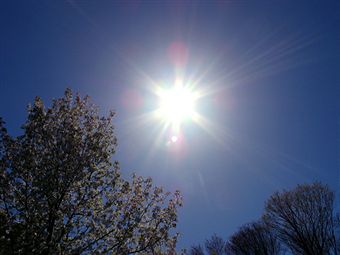
source 1
of or using electromagnetic waves that are just shorter than those of violet light in the spectrum and that cannot be seen
ultraviolet rays (= that cause the skin to go darker)
an ultraviolet lamp
source 2
ultraviolet light cannot be seen by people, but is responsible for making your skin darker when you are in the sun
ultraviolet radiation/rays ultraviolet radiation from the sun